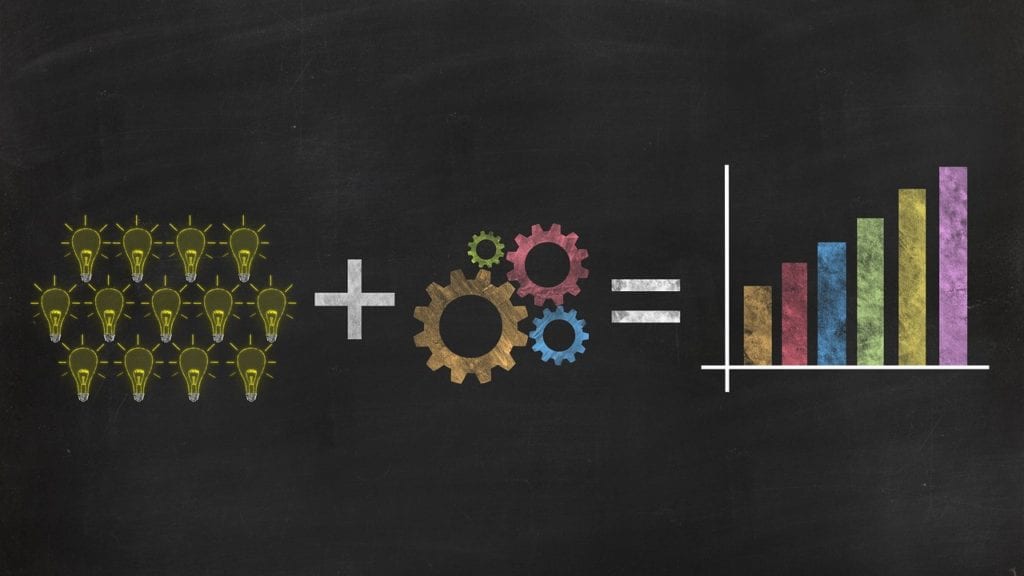Three ways to measure customer satisfaction

“Our customers love us, we have never had a complaint.”
Ahem.
The speaker, here, is drawing a rather unscientific conclusion. Just because clients have never complained, does not necessarily mean that they love the service they are getting.
To be able to say “Our customers love us”, collect some empirical evidence using one of the three most common ways to measure customer satisfaction.’

Customer Satisfaction Score
Simply put a score on how satisfied people are working with you.
The typical way to calculate a customer satisfaction score is to ask your clients a single question: “How satisfied are you with our service?” and ask them to answer by picking a rating from 1 to 5. Remember to explain what the scores correspond to, to collect more accurate data.
I like to go further with this question, to collect more objective answers.
Describe what a satisfied customer means in your business. What words would a satisfied customer use?
Use these answers to ask a more targeted question. If you can get away with it, ask three questions using those words you want your customer to say. Go from “83% of our customers rate their satisfaction at a 4 or higher” to “83% of our customers report increased productivity as a result of our work.”

Net Promoter Score
Possibly the most popular customer satisfaction measurement used today.
The keyword here is “promoter”, this measurement asks about whether clients would refer you to others. The bonus is that it reminds them that they should refer you to others. (Clever).
Ask the question: “How likely are you to promote us to a friend or colleague?” and offer a rating of 1-10. There is a universal calculation for this score.
Customers scoring 9-10 are considered promoters. Those coming in at 7-8 are considered neutral, and anything beneath that is a detractor.
The numbers will surprise some people, you may have thought anything above a 5 or 6 is a promoter. The truth is: just because somebody says they will refer to you, doesn’t mean that they will. In reality, we expect only the most enthusiastic clients to act on this.

Customer Effort Score
Do you notice how staff at the grocery store always ask if you found everything you needed? That is because the biggest complaint people have when shopping is not finding what they need. Even if the people are friendly and the displays appealing, the extra effort will ruin the whole experience.
The customer effort score recognizes that overall effort can make or break a customer experience.
This score asks a version of the question: “How easy was it to solve your issue today?”
A common way to collect answers is a 1 to 5 rating again.
Once again, I like to be more specific and use this question to nourish your customer feedback loop.
Make a list of the customer experience traits that matter most to your business and use those as multiple choice answers. It might be things like: it was easier than I thought, it took longer than I thought, people were easy to communicate with, it was easy to understand, people were friendly, people were helpful, and more.
This may inform not just whether they would buy again or recommend you, but also why.
Build your customer experience plan
You can find this explanation with more examples and options in my course Create an outstanding customer experience.
Anecdotal data – anecdata – is nice, and you can use it in various ways. But if you aren’t making a purposeful effort to collect this data from your clients, you are not hearing most of the story.
Listening to your clients includes asking them about you, and how you can improve.